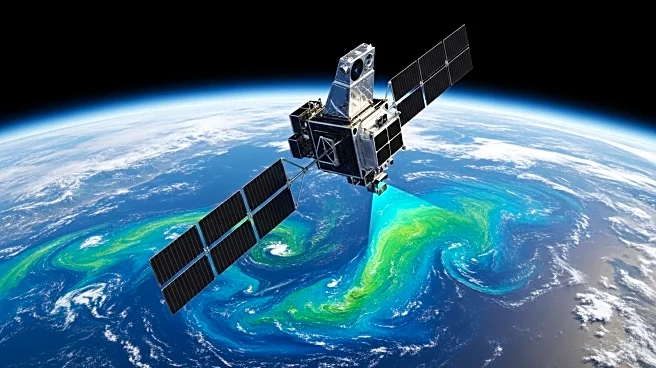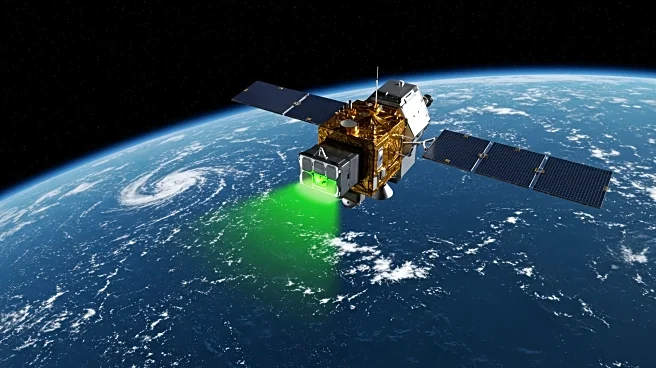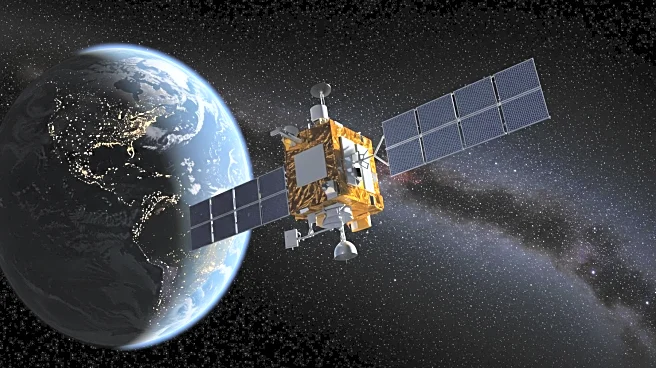Rapid Read • 5 min read
NASA's PACE (Plankton, Aerosol, Cloud, ocean Ecosystem) mission has captured stunning images of chlorophyll swirls in the Norwegian Sea, using its hyperspectral Ocean Color Instrument (OCI). These images reveal the abundance of phytoplankton, which play a crucial role in marine ecosystems and global oxygen production. The mission extends a decades-long record of chlorophyll measurements, providing insights into aquatic ecology and the ocean's biological carbon pump. The data highlights the complexity of marine environments and the potential for distinguishing different phytoplankton types.
AD
The PACE mission's findings contribute to a deeper understanding of ocean ecosystems, which are vital for global fisheries, climate regulation, and oxygen production. By monitoring chlorophyll concentrations, researchers can assess phytoplankton biomass and ecosystem health, informing conservation efforts and climate models. The ability to distinguish phytoplankton types enhances knowledge of marine biodiversity and food web dynamics. This research underscores the importance of satellite technology in advancing oceanography and addressing environmental challenges.
AD
More Stories You Might Enjoy










